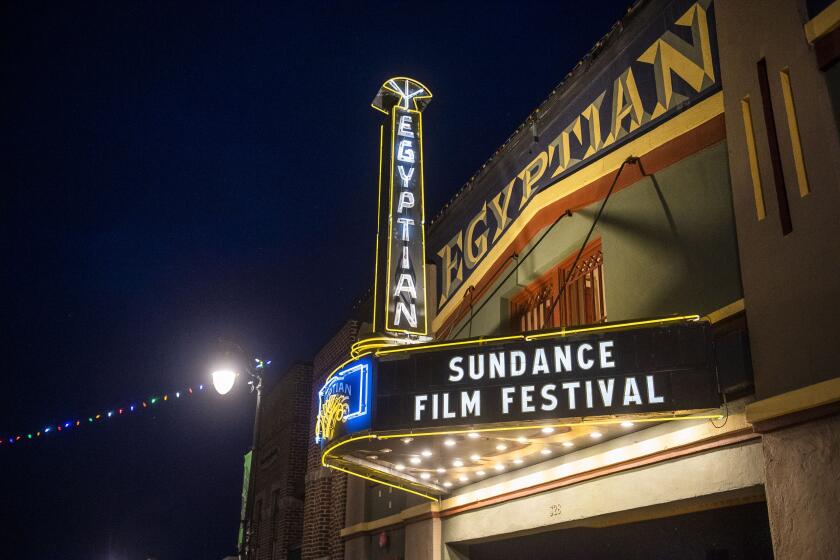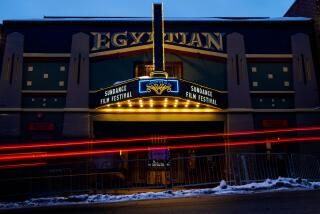The Slamdance Film Festival is moving to Los Angeles with its next edition
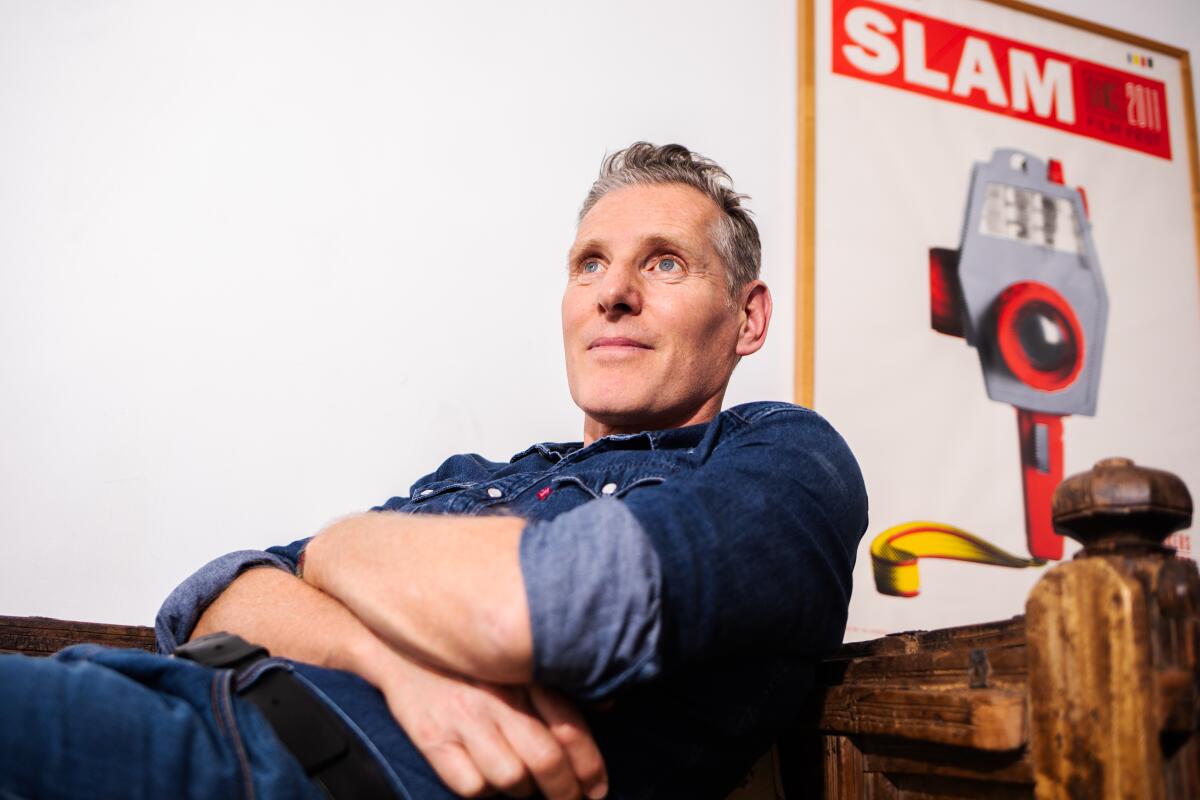
The annual Slamdance Film Festival will permanently move to Los Angeles, beginning in 2025. The next edition of the festival will run Feb. 20-26, and be based at the Landmark Theatres Sunset and the DGA Theater Complex, both in West Hollywood.
Slamdance is leaving its longtime home in Park City, Utah, and also its spot on the calendar concurrent with the Sundance Film Festival. Slamdance was established in 1995 by a group of filmmakers who had been rejected by Sundance’s programmers.
Though Slamdance has long had offices in Los Angeles, moving the festival away from Utah and its overlapping dates with Sundance will start a new chapter in the festival’s history.
“We felt that there was space for us in the Los Angeles melting pot to really contribute and to continue the mission of what Slamdance is all about — discovering filmmakers,” said Peter Baxter, president and co-founder of Slamdance.
“There have always been opportunities that we’ve created for filmmakers in Park City, but L.A. is a place where there are actually greater opportunities for Slamdance to grow,” Baxter added. “We’ve been trying very hard to make our festival accessible and inclusive, and that also has to do with socioeconomics. A lot of audience members find going to film festivals quite expensive, and for filmmakers themselves, going to Park City is also a considerable expense.”
Slamdance plans to offer in-person festival passes starting at $50 and to have some programs free to the public.
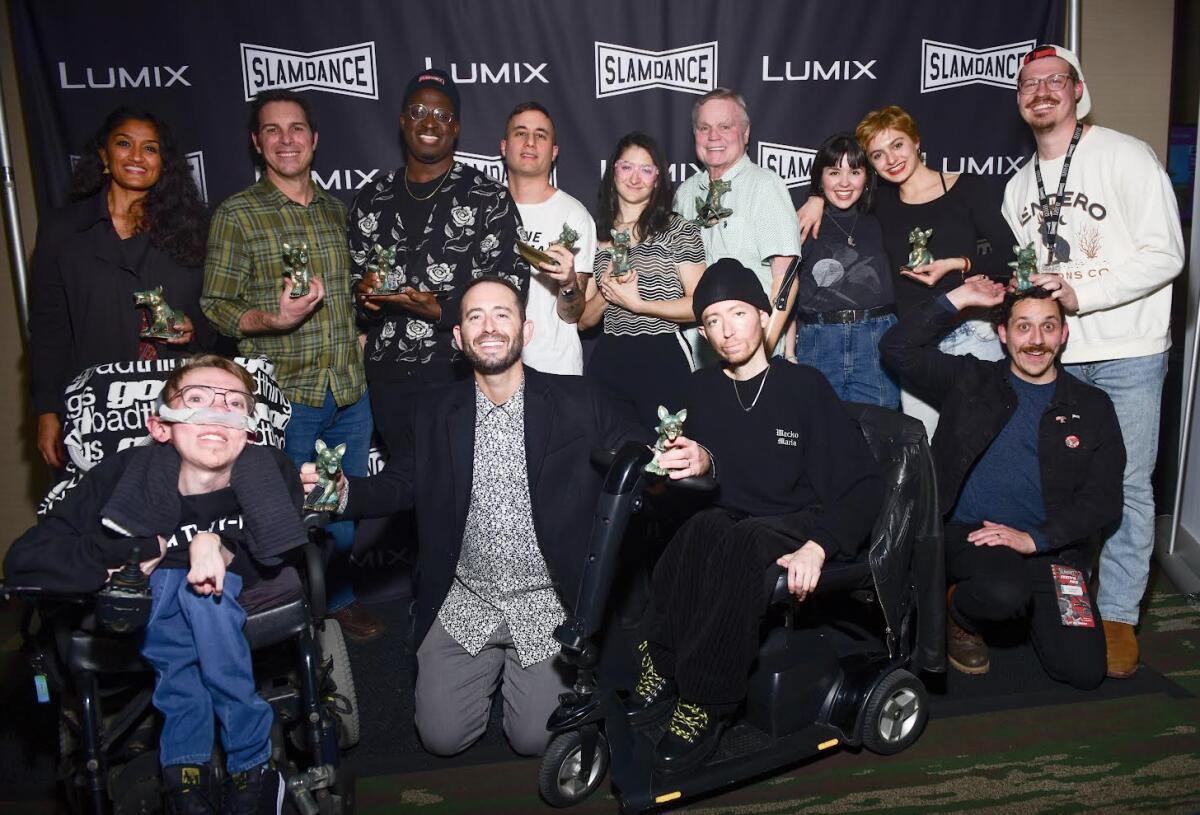
The news of Slamdance moving to Los Angeles comes at a time when Sundance’s commitment to Park City is under scrutiny. Sundance recently announced that it is accepting applications from other potential host cities for its 2027 edition, when its current contract with Park City is up for renewal. (Sundance representatives declined to comment for this story.) Baxter said that Slamdance’s move to Los Angeles was unrelated to whether Sundance stays in Park City.
Though the two festivals have remained in certain ways intertwined over the years, Slamdance has come into its own. “They have established their own identity with the work that they do within the industry with additional screenings and grants,” said a festival veteran, speaking on condition of anonymity in light of relationships with both Sundance and Slamdance. “They’re not just the anti-Sundance that they were in the first five or 10 years. Having been around as long as they have, now they are an institution in their own right.”
Slamdance alumni have gone on to some of the highest positions in Hollywood. Filmmakers who had their early work shown at the festival include Christopher Nolan, Joe and Anthony Russo, Rian Johnson and Marc Forster, meaning that directors in the DC, Marvel, Star Wars and James Bond franchises all have roots at Slamdance.
Other notable Slamdance alumni include Gina Prince-Bythewood, Lena Dunham, the Safdie brothers, Sean Baker, Merawi Gerima and “Parasite” Oscar winner Bong Joon Ho.
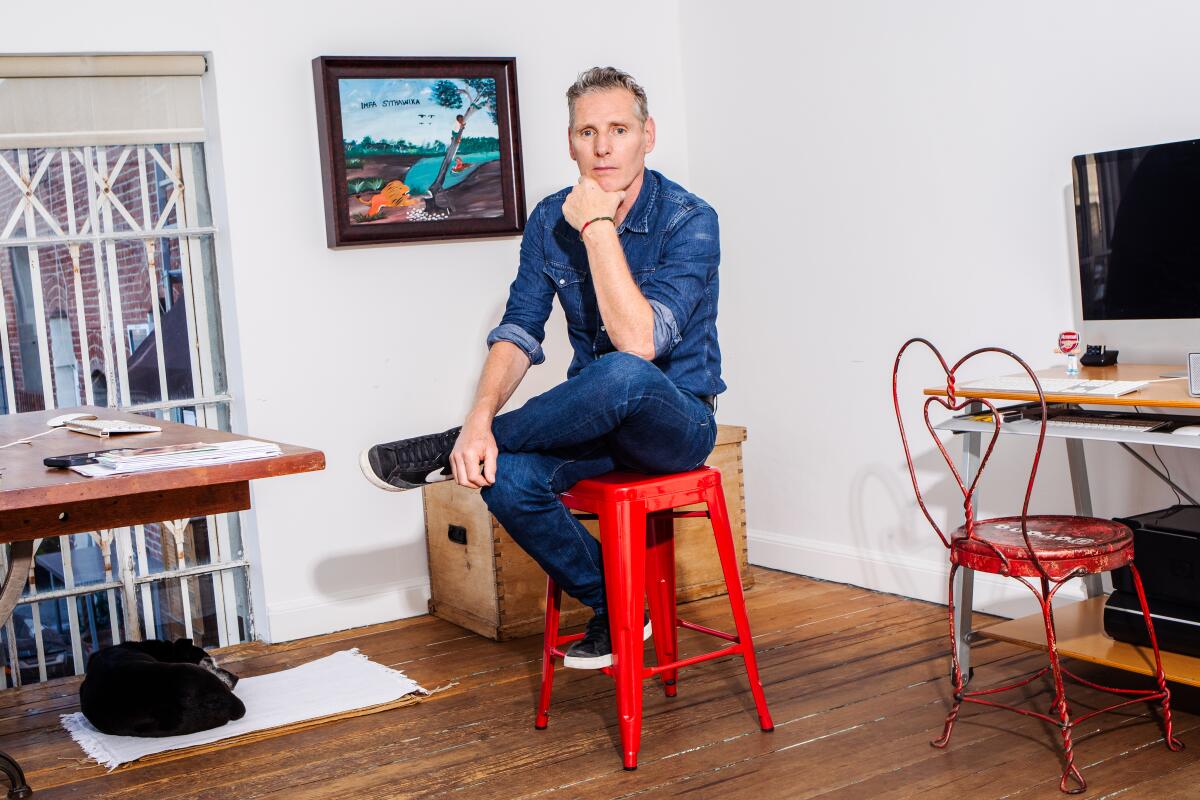
Steven Soderbergh, whose “Sex, Lies and Videotape” in 1989 was a key film in the emergence of Sundance as an industry force, first attended Slamdance in 1996 as a producer on Greg Mottola’s “The Daytrippers.” More recently, Soderbergh premiered his “High Flying Bird” at Slamdance in 2019.
“It’s a different vibe,” said Soderbergh of the distinction between the two festivals. “The whole ideology behind being an independent filmmaker is not taking no for an answer and figuring out a way to get your work done and to get it seen. So it made total sense to me that somebody would spring up in the shadow of the large Sundance oak tree to provide opportunities for more filmmakers. I was very happy to have my feet on two different skis because I think they both serve a purpose.”
Joe and Anthony Russo, who premiered their film “Pieces” at Slamdance in 1997 before going on to massive success with their Marvel films including “Avengers: Endgame,” also have maintained a close relationship with Slamdance. Since 2018, they have presented an annual $25,000 prize through their production company AGBO.
“Our journey in the film industry began at Slamdance, and our commitment to the festival and the opportunities it offers filmmakers has remained unwavering,” said the Russos in a statement. “The prospect of Slamdance relocating to Los Angeles is truly exciting. This move will undoubtedly broaden its accessibility to countless more filmmakers and audiences alike. We look forward to witnessing the continued growth and impact of Slamdance in its new home.”
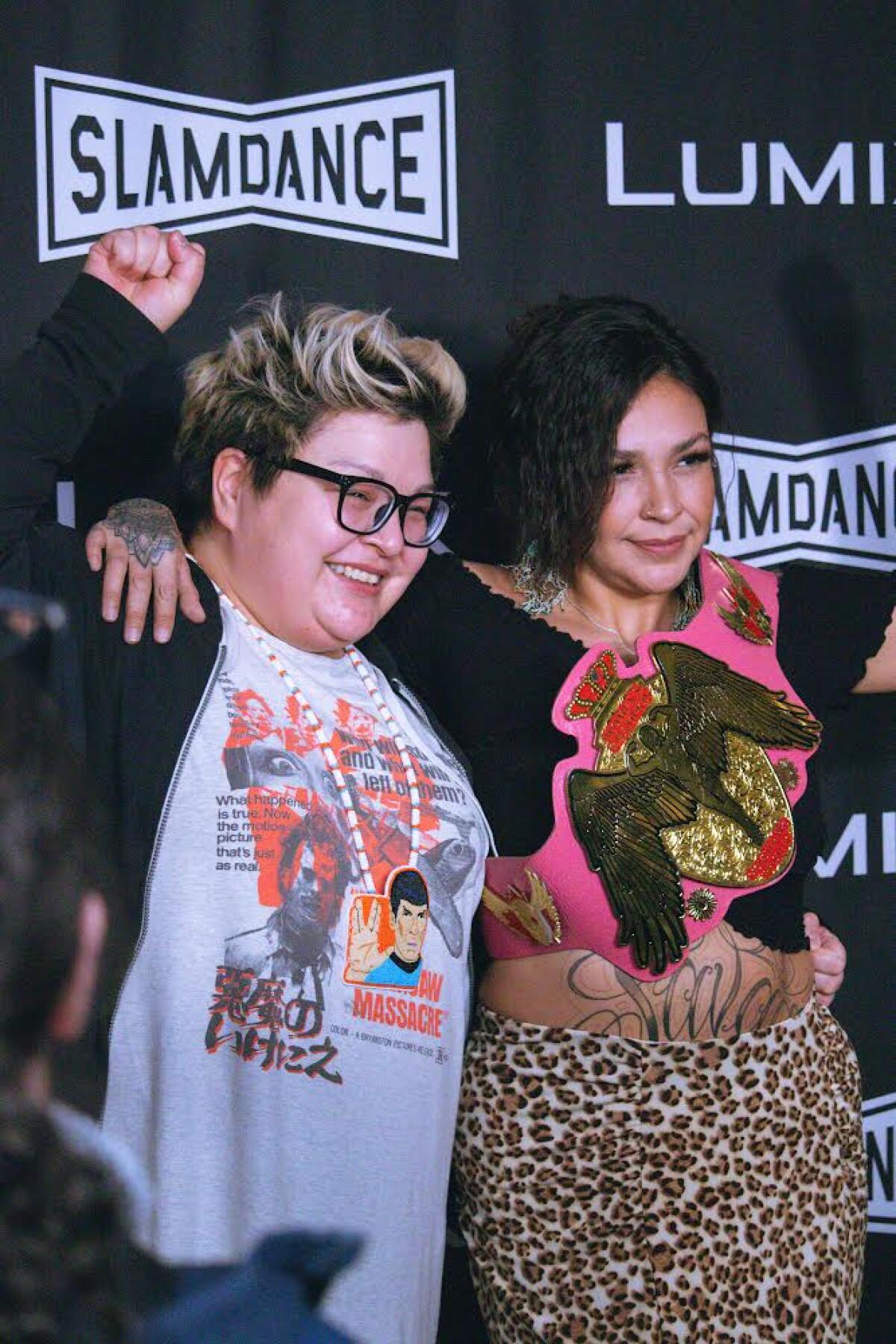
Industry insiders and festival alumni are not the only ones to take note of Slamdance’s move from Park City to Los Angeles.
In a statement, Los Angeles Mayor Karen Bass said, “To know the history and landscape of independent storytelling is to know that Los Angeles has always been a home and a source of inspiration for artists, as the creative capital of the world. As we welcome filmmakers, artists and cinema enthusiasts from around the world, the Slamdance Film Festival will serve as a dynamic hub for creativity, connection and job opportunities for Angelenos.”
In the first years of Slamdance’s existence, Sundance founder Robert Redford notoriously said that Slamdance “attached itself to us in a parasitical way.” But he eventually softened his stance and was quoted in The Times in 2002 as saying, “The truth is, I don’t mind you there at all … because the whole point is to promote independent film and we can’t possibly show all the films.”
Each lineup of Slamdance is programmed by filmmakers who have previously had work in the festival, leading to the motto “by filmmakers, for filmmakers.” For example, writer-director Marie Jamora saw her feature “What Isn’t There” play the festival in 2013 and began programming short films in 2014, moving on to programming feature films in 2015 and 2016. She also began producing original content for the festival, served on a jury in 2021 and is currently on the Slamdance board. (She even met her husband at the festival.)
“You’re surrounded by people who are as scrappy as you,” said Jamora, “who are trying to do something a little different, maybe something not completely mainstream. Finding your like-minded tribe. It’s a safe space. We help each other, lift each other up, which I think is really great because the filmmakers that I championed to program their films, I’ve seen their careers take off.”
Though the festival is not definitely leaving Park City, Utah, after 2026, it has begun the process of exploring other host cities.
Additionally, the shift to February will add a new spot to the annual festival calendar as the industry moves through a year already marked by stops at Berlin, Austin’s South by Southwest, Cannes, Tribeca, Venice, Telluride, Toronto, New York, L.A.’s AFI Fest and elsewhere.
“We need some more big dots on the calendar,” said Soderbergh. “I think the more stops on the train line that filmmakers have and that audiences have and distributors have, I just think it’s better if there’s more bites at the apple.”
“It’s a devotion,” said festival president Baxter of Slamdance’s underlying ideology, to provide a showcase for emerging talent. “Slamdance means taking filmmaking to the edge.”
Despite challenges faced by film festivals all over the world, their value has arguably never been greater, bringing people together and providing a necessary spotlight. Stepping away from its long entanglement with Sundance, a repositioned Slamdance should provide new opportunities for audiences and filmmakers alike.
More to Read
Only good movies
Get the Indie Focus newsletter, Mark Olsen's weekly guide to the world of cinema.
You may occasionally receive promotional content from the Los Angeles Times.
